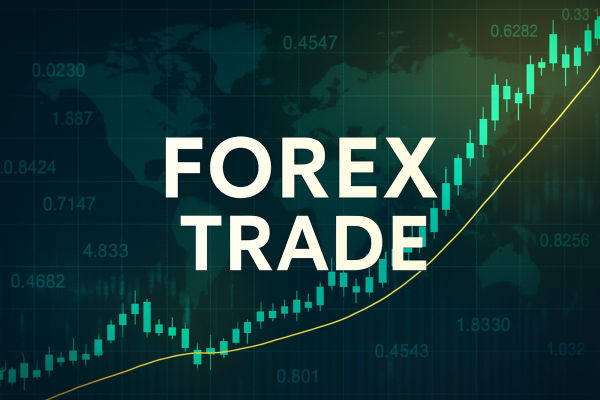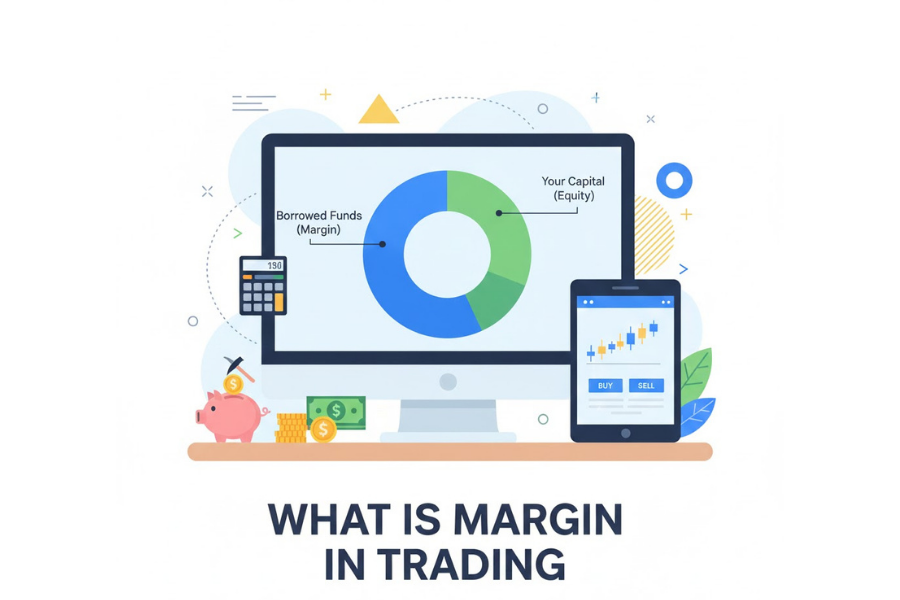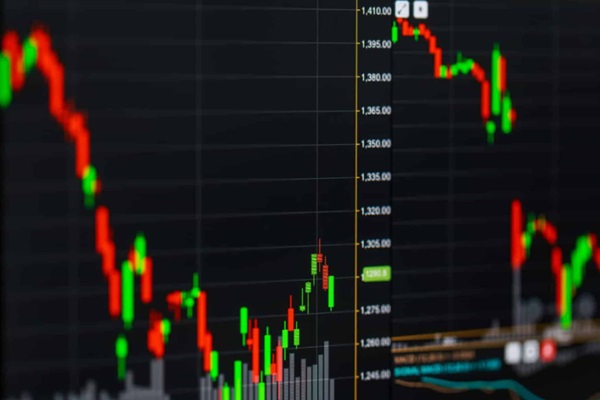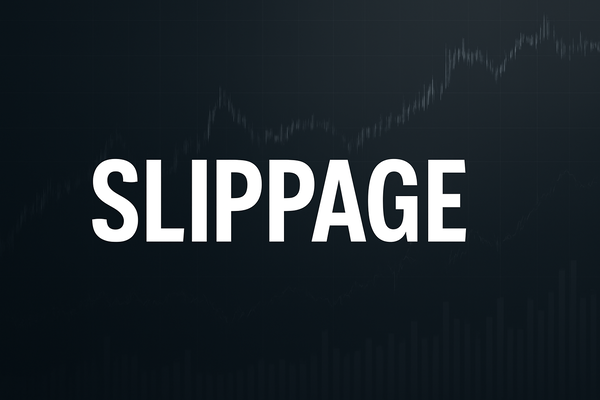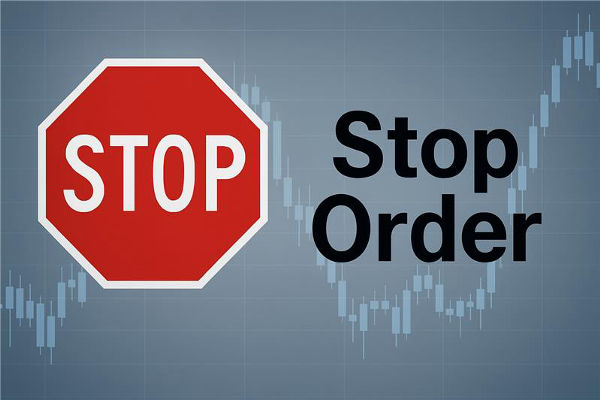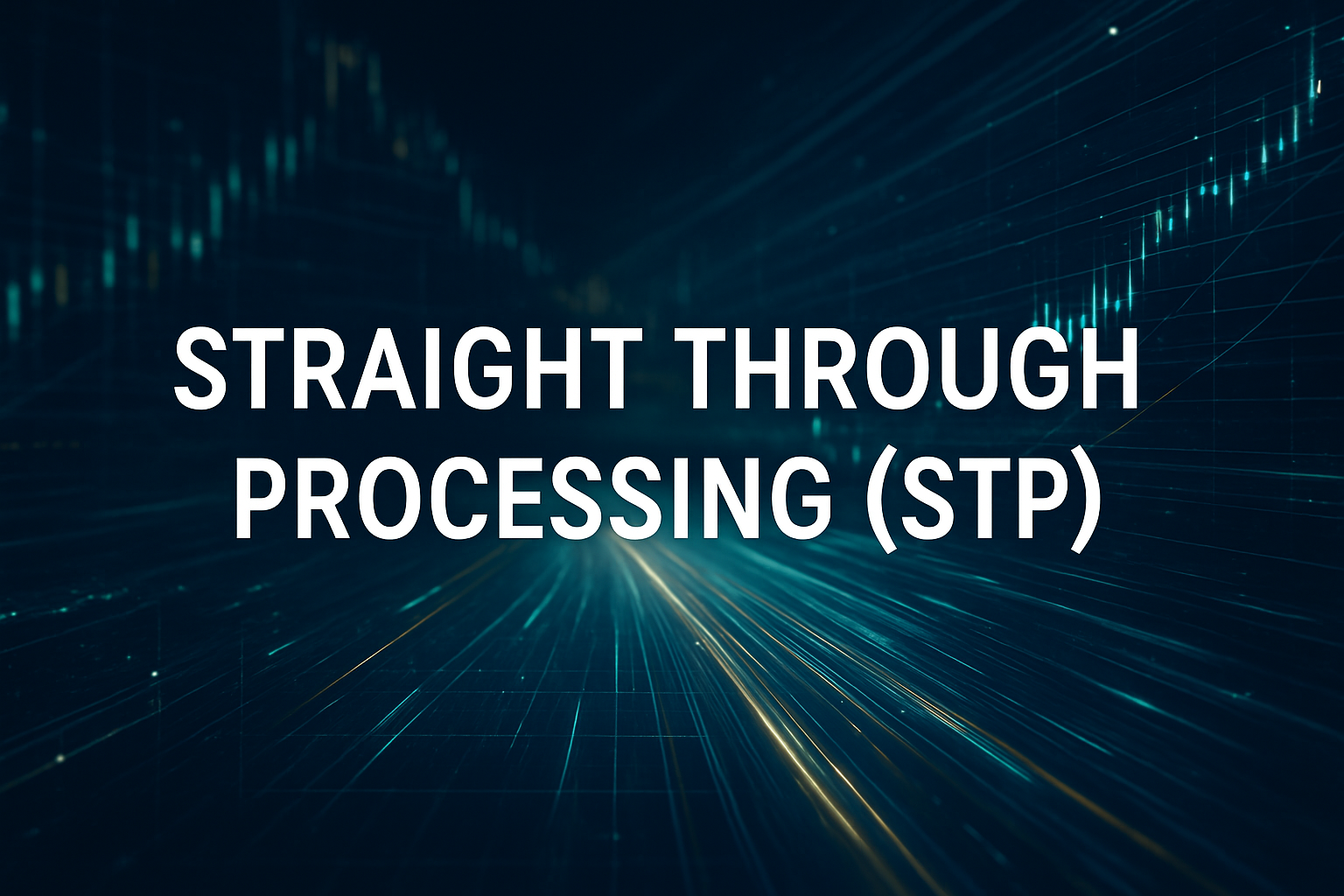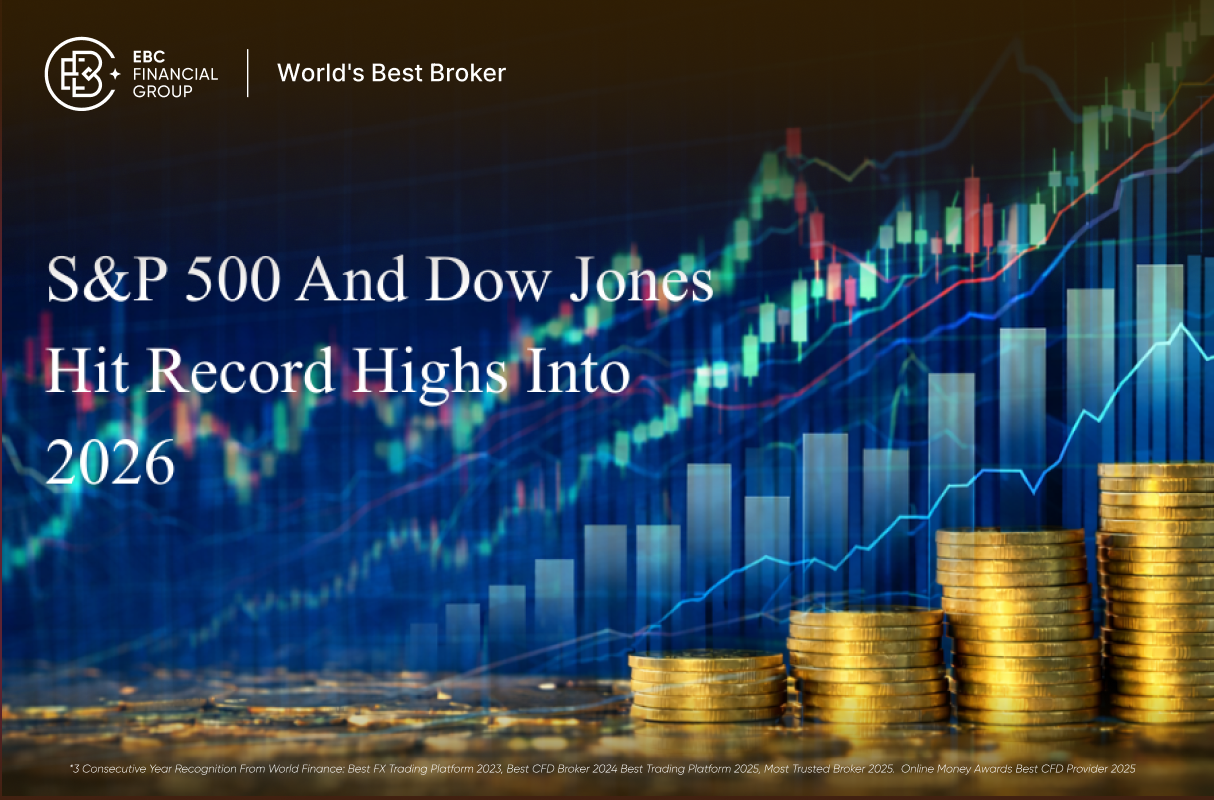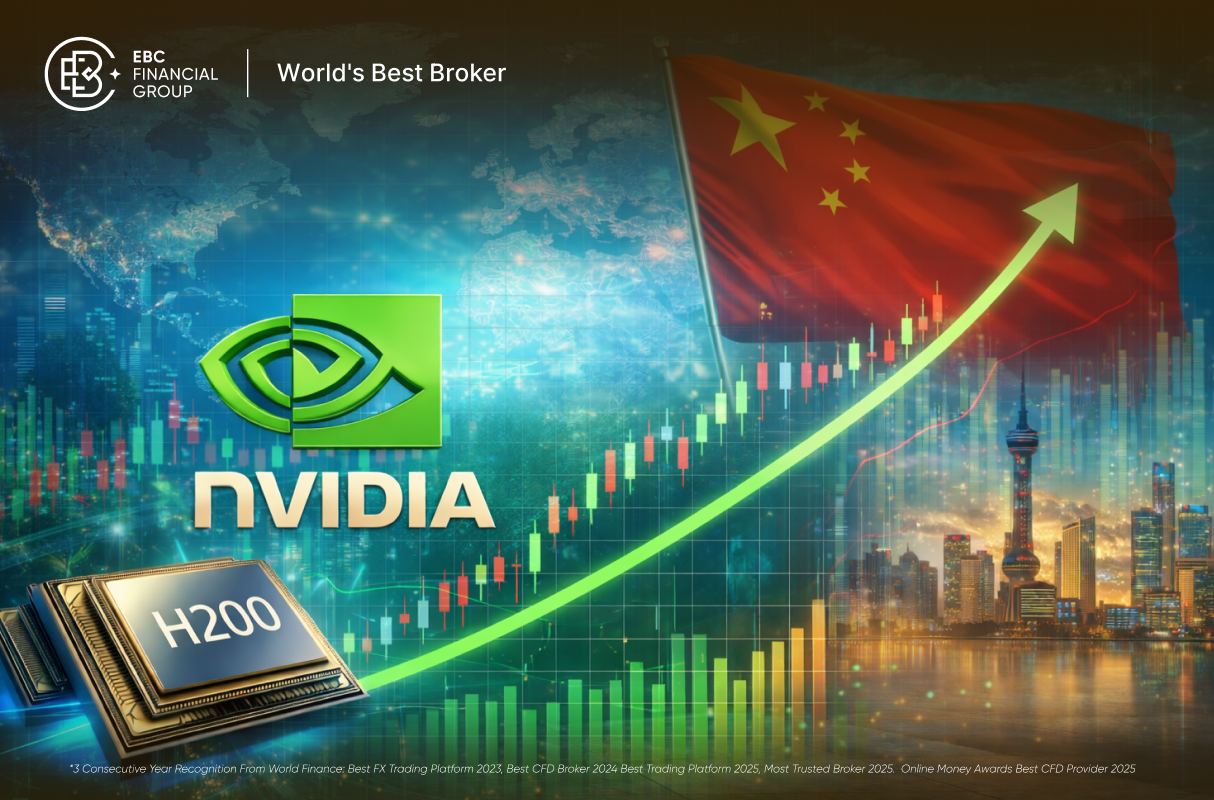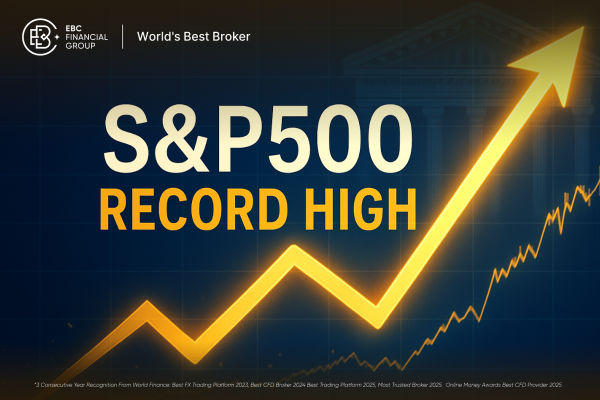When you place a forex trade, you are entering one of the most liquid and fast-moving markets in the world. Understanding what happens from the moment you click the “buy” or “sell” button to the point your forex trade closes can give you a clear edge. Many new traders underestimate how much occurs behind the scenes. From market execution to price fluctuations, each stage of your forex trade has the potential to affect your results.
Placing a forex trade is not simply about predicting whether a currency pair will rise or fall. It involves market mechanics, risk assessment, and strategic timing. Whether you are placing your very first forex trade or refining your approach after years of experience, knowing each step can help you trade with confidence and avoid costly mistakes.
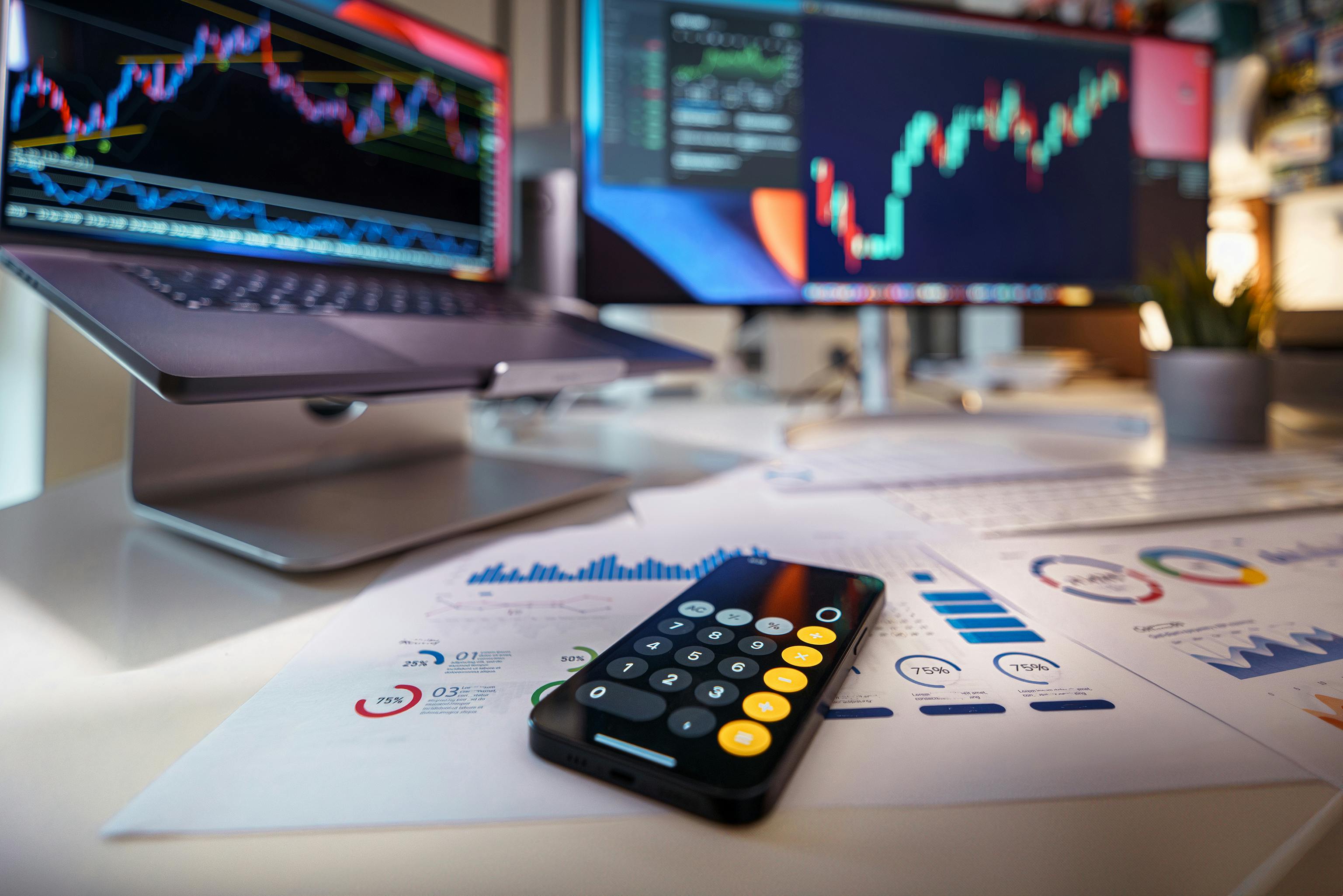
The Moment You Initiate a Forex Trade
The process begins the second you decide to enter the market. Once you place a forex trade, your trading platform sends the order to a broker’s system, which connects to liquidity providers. These could be major banks, financial institutions, or other large market participants. Your forex trade is matched with an opposite position — a buyer if you are selling, or a seller if you are buying — and executed at the best available price.
Speed matters here. In a volatile market, the price can shift in fractions of a second, so the execution of your forex trade can happen faster than you can blink. Slippage, spreads, and execution type (market, limit, or stop order) all affect your final entry price.
Understanding the Currency Pair in Your Forex Trade
Each forex trade involves two currencies — one you are buying and one you are selling. If you are trading EUR/USD, buying means you expect the euro to strengthen against the US dollar, while selling means you expect the opposite. The base currency is the first one listed, and the quote currency is the second.
The exchange rate tells you how much of the quote currency you need to buy one unit of the base currency. If the rate changes in your favour after your forex trade is placed, you stand to make a profit. If it moves against you, losses occur. This is why understanding the currency pair’s economic drivers is crucial.
The Role of Leverage in a Forex Trade
Leverage allows you to control a larger position with a smaller deposit, known as margin. For example, with 1:100 leverage, a $1,000 deposit allows you to open a $100,000 forex trade. While leverage can amplify gains, it also magnifies losses. If the market moves against your forex trade, your account balance can deplete quickly.
Effective risk management is essential. Even if you are confident about a forex trade, over-leveraging can wipe out your account. Many experienced traders risk only a small percentage of their capital per forex trade to safeguard their long-term profitability.
Monitoring an Open Forex Trade
Once your forex trade is live, the market price will fluctuate constantly. Your unrealised profit or loss changes in real time. This is where discipline plays a role. Emotional reactions — such as closing a forex trade too early out of fear or holding onto a losing position out of hope — can undermine your strategy.
Many traders use stop-loss and take-profit orders to automate parts of their forex trade management. These orders help lock in profits or limit losses without requiring constant monitoring. Setting them according to your strategy, not emotions, is key to consistent results.
Closing a Forex Trade
A forex trade is closed when you exit your position, either manually or through automated orders. If you were buying, closing involves selling the same amount of the base currency; if you were selling, it involves buying it back. The difference between your entry and exit price determines your profit or loss.
Timing the close of a forex trade is as important as the entry. Many traders make the mistake of letting winning trades turn into losses by not securing profits. Others close too soon and miss further gains. A disciplined approach, aligned with your trading plan, ensures each forex trade follows a consistent decision-making process.
Common Mistakes When Placing a Forex Trade
One of the biggest errors is trading without a plan. Entering a forex trade based purely on impulse or a “gut feeling” often leads to inconsistent results. Another mistake is ignoring position size. Placing a forex trade that is too large for your account can create unnecessary stress and increase the risk of a margin call.
Failing to account for transaction costs is another oversight. The spread and any commissions, though small per trade, can add up over multiple forex trades, affecting your net results.
Building a Strategy for Every Forex Trade
Successful traders approach each forex trade with a clear strategy. This includes identifying entry and exit points, determining acceptable risk levels, and having rules for managing open positions. Whether you trade based on technical analysis, fundamental news, or a combination, consistency is what separates profitable forex traders from those who struggle.
Testing your strategy in a demo account before applying it to a live forex trade can help iron out weaknesses and build confidence.

Final Thoughts
Understanding what happens when you place a forex trade is crucial for long-term success. From execution speed to market volatility, every step of a forex trade influences your results. By combining solid technical knowledge with risk management, discipline, and continuous learning, you can approach each forex trade with greater confidence.
A forex trade is more than a single market action — it’s a reflection of your preparation, analysis, and decision-making. By mastering the process, you improve not just one forex trade but your overall trading performance.
(Disclaimer: This material is for general information purposes only and is not intended as (and should not be considered to be) financial, investment or other advice on which reliance should be placed. No opinion given in the material constitutes a recommendation by EBC or the author that any particular investment, security, transaction or investment strategy is suitable for any specific person.)
